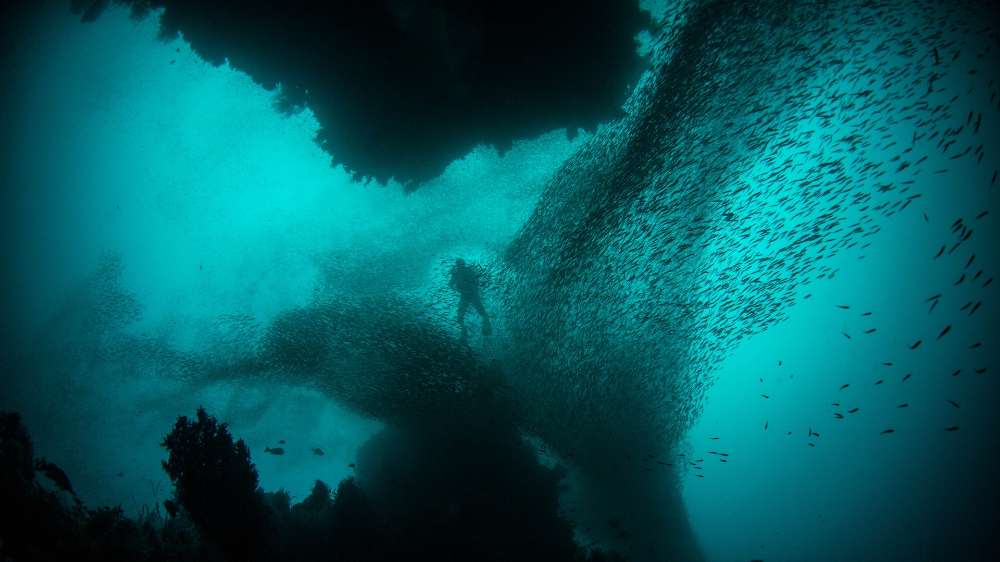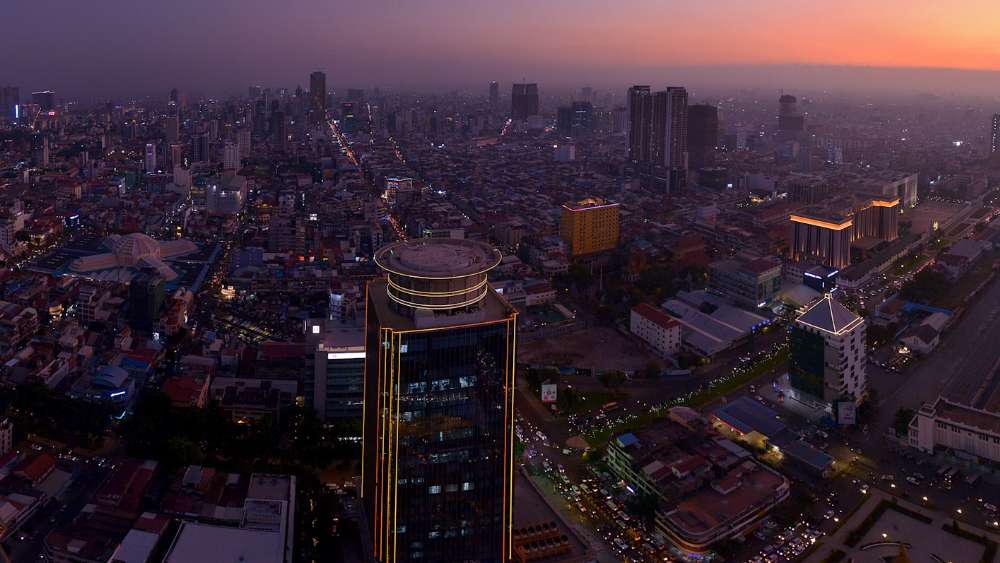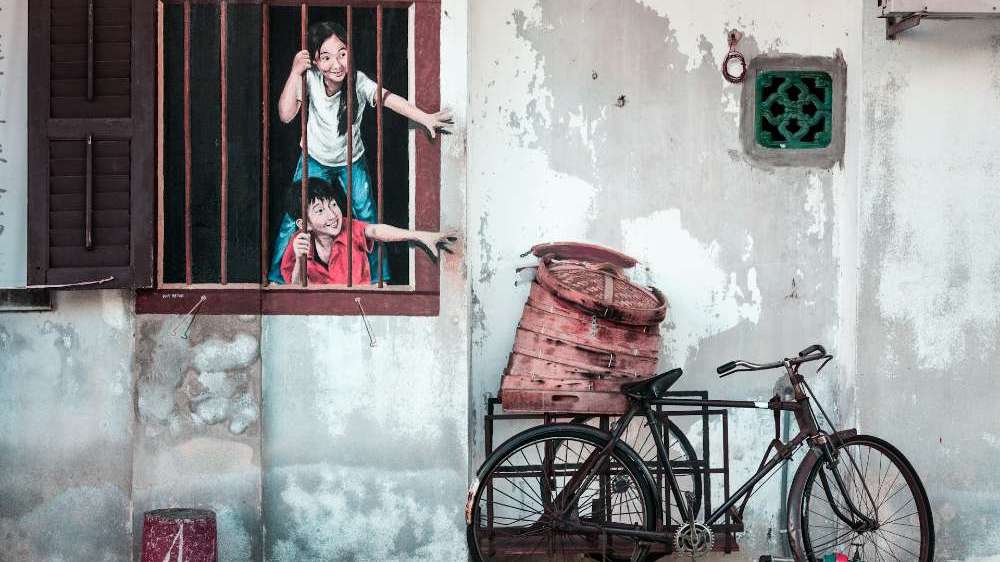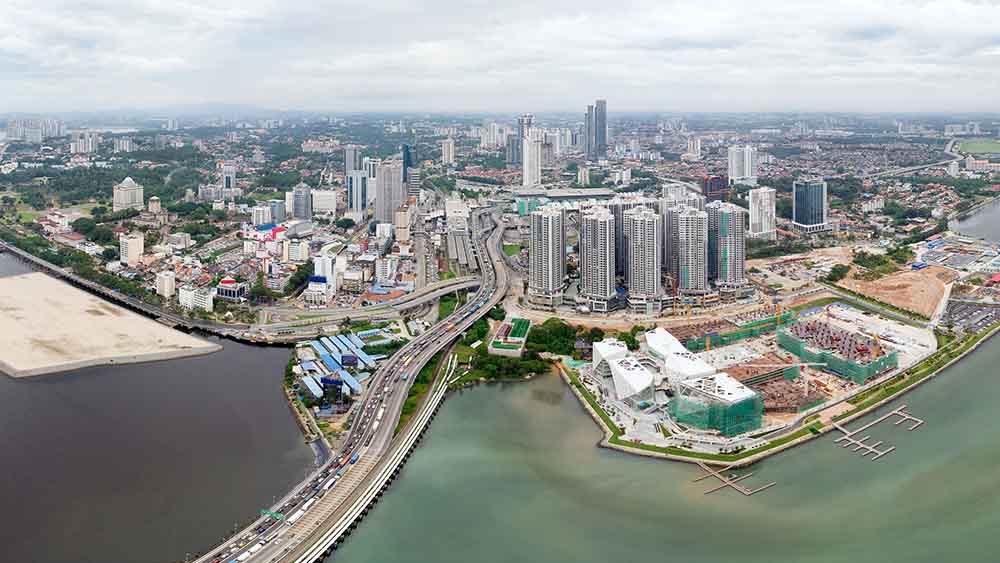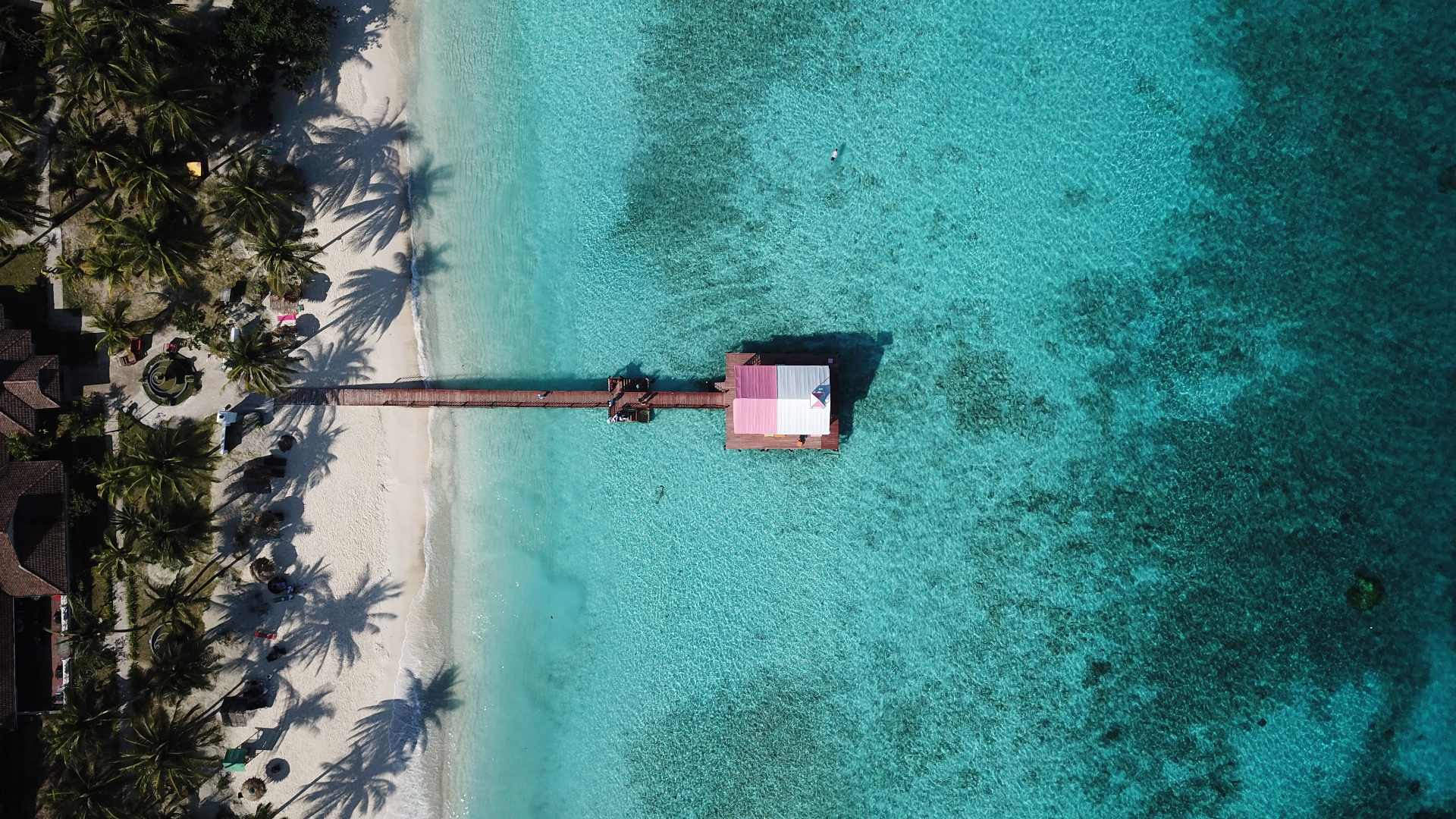Diving Into Paradise: Discovering Indonesia’s Hidden Gems Beneath The Waves
From the beautiful beaches of Bali to the remote islands of Raja Ampat, Indonesia has some of the most unreal diving spots in the world, with something for every diving aficionado of any level.
When planning your diving getaway to Indonesia, don’t forget to check out the ideal season for each dive spot and always keep in mind to respect the local culture and marine life. With proper planning and prep, you can take the plunge and explore the diverse marine life and stunning coral reefs this region has to offer. Ready to explore the mysterious fathoms below? Let’s go!
Nusa Penida and Nusa Lembongan
Best time to go: July to September
Located just off the coast of Bali, Nusa Penida and Nusa Lembongan are two of the best dive spots in Indonesia. To get here, hop on a direct flight from Singapore to Bali, then take a ferry over to Nusa Penida.
One of the most sought-after dive sites here is Manta Point, where you can get up close with dozens of manta rays. And if you’re really lucky, you might even spot the elusive Mola Mola, a giant ocean sunfish with a fin-to-fin length of 2.5 meters!
Raja Ampat
Best time to go: October to March
Ticking some majestic dive sites off your bucket list? Then you shouldn’t miss Raja Ampat! Getting here may take a bit more effort, as you’ll need to fly from Jakarta to Sorong (Domine Eduard Osok airport), and then take a ferry or speedboat to any of the main islands – Waigeo, Misool, Salawati and Batanta, or “Four Kings” as they’re widely known. But hey, no pain, no gain, right?
Once you’re underwater, you’ll be amazed at the sheer diversity of marine life. Raja Ampat is home to over 1,000 species of fish and three-quarters of all known corals, making it one of the most biodiverse regions in the world.
Here, you’ll find manta rays, giant clams, iridescent parrotfish, rare dugongs and swarming schools of yellowback fusiliers. You might also spot beauties like the epaulette shark, which was first discovered in Raja Ampat. The unspoiled reefs in sites like Four Kings and Melissa’s Garden are home to more than 10 times the number of hard coral species found in the Caribbean.
Komodo National Park
Best time to go: April to November
This UNESCO World Heritage Site, located in the Flores Sea, is acclaimed for its iconic Komodo dragons, but it is also a great dive spot known for its pristine waters. After all, high visibility is key to getting a great diving experience.
To get here, you can fly from Jakarta to Labuan Bajo, the gateway to Komodo National Park. Alternatively, if you’ve already soaked up the sun in Bali, it’s even easier to get to Komodo Islands – just a 1-hour flight to Labuan Bajo, followed by two-and-a-half hours by ferry.
One of the highlights of diving here is the chance to see graceful manta rays up close. You can also spot reef sharks, turtles, and giant trevallies. Keep a keen eye out for the fascinating pygmy seahorses, which are only about the size of a grain of rice. Some of the dive spots to take note of are Batu Bolong and Manta Point.
Wakatobi Islands
Best time to go: March to December
Located in Southeast Sulawesi, the Wakatobi Islands get their name from the first syllable of the names of the four main islands in the Tukangbesi Archipelago: WA-ngi-Wangi, KAledupa, TOmia and BInongko.
To get there, you can fly from Jakarta to Kendari and then take a boat to the islands. Otherwise, if you’re willing to splurge, Wakatobi Dive Resort also offers a direct charter flight to their private airstrip which takes 2.5 hours from Bali.
One of the must-visit dive spots in Wakatobi is the House Reef, which is hailed as one of the best shore dives in the world. With a variety of rare and unique species such as the pygmy squid, you can spend days exploring the diverse marine life here. And if you’re up for some night-time adventure, head to “The Zoo” for a night dive to spot colorful fish emerging from the coral. Look out for hunting cuttlefish, flatworms, and lionfish, including the elusive Twinspot lionfish.
Ambon Bay
Best time to go: September to December
Located in Maluku province, Ambon Bay is famous for its extraordinary muck diving sites concentrated along the north coast. In muck diving, you explore the sandy bottom of the ocean, where you’ll find gentle slopes teeming with life. These include the mimic octopus, flamboyant cuttlefish or the elusive psychedelic frogfish.
To get there, you can fly from Jakarta to Ambon and then take a short boat ride to the bay. You can also easily combine a trip to Raja Ampat with a few days in Ambon.
Don’t miss out on Laha, which is the closest area to the airport, but make sure to explore further afield to find equally exciting sites like Rhino City, Mandarin City, and Middle Point.
Alor, East Nusa Tenggara
Best time to go: April to November
The Alor Islands may not be as well-known as some other dive spots in Indonesia, but they are just as spectacular.
You can fly from Jakarta to Kupang and then take a boat to Kalabahi, the only town in Alor.
The area is still relatively undeveloped, so its natural beauty takes centre stage. You can spot a wide variety of sea life, including scorpionfish, pygmy seahorses, and brightly coloured nudibranches. You may even have a chance encounter with some of the larger inhabitants of these waters, such as whales, reef sharks, hammerheads, and even the huge sunfish. Popular dive resorts in Alor include Alor Divers and Alor Diving Kepa.
For the latest updates on Wonderwall.sg, be sure to follow us on TikTok, Telegram, Instagram, and Facebook. If you have a story idea for us, email us at [email protected].







